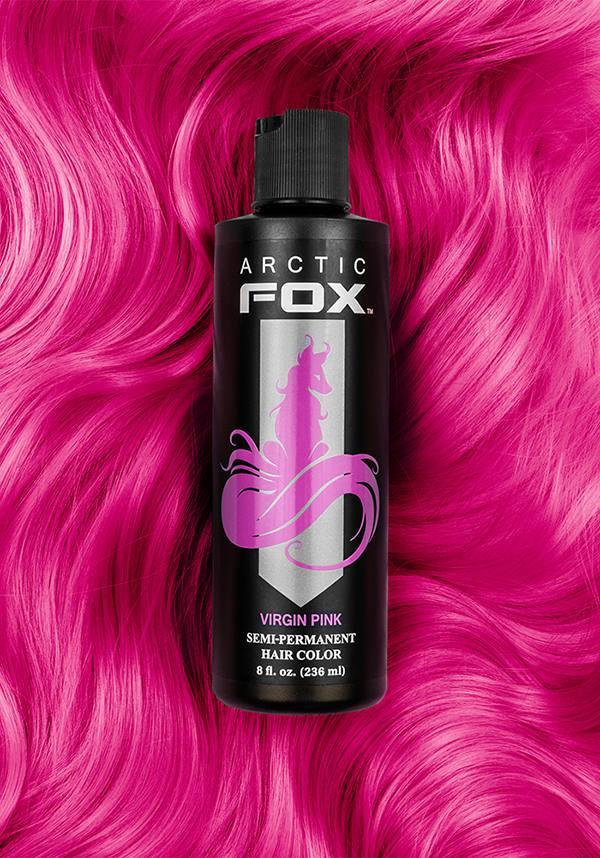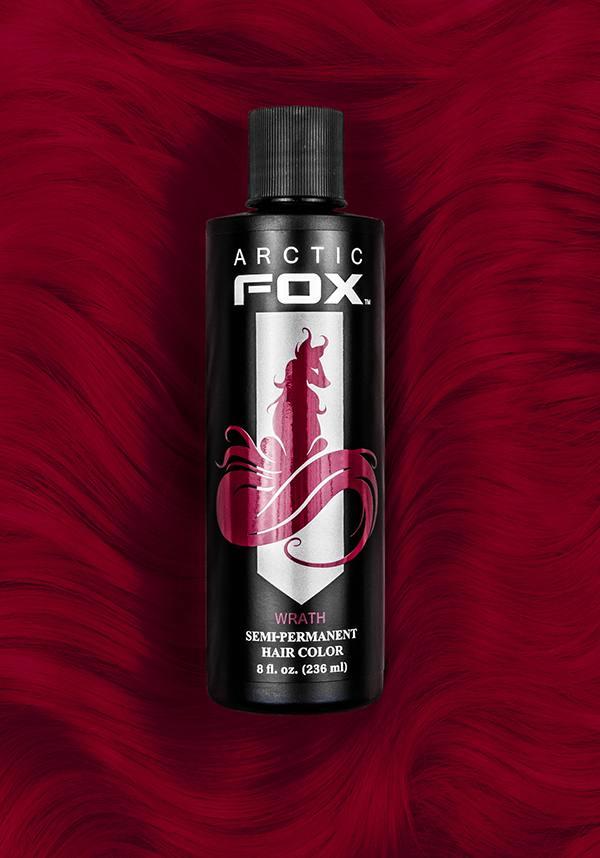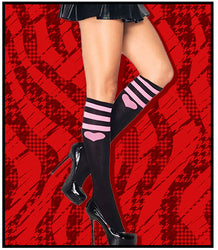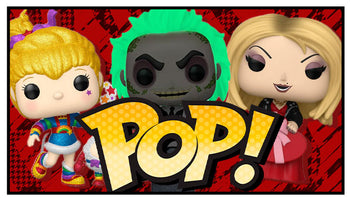Hello Beserkers! Happy Friday, hoping you are all well! Of course if you are aware Beserk is pretty Alternative and Gothbut where and when did Goth culture really start? Today we find out!
The goth aesthetic is a subculture that emerged in the late 1970s and early 1980s as an offshoot of the punk movement. It is characterised by a fascination with darkness, death, and the macabre, as well as a rejection of mainstream culture and its values. Goth culture has evolved over time, incorporating elements of punk, metal, and other subcultures, but it has remained a vibrant and influential force in alternative culture! 🖤
Origins of Goth Culture -
The Goth aesthetic emerged in the late 1970s and early 1980s in the United Kingdom. It was heavily influenced by the punk movement, which had emerged a few years earlier as a reaction to the perceived emptiness of mainstream culture. Punk was characterised by its aggressive sound, DIY ethos, and anti-establishment attitude.
In the late 1970s, a group of bands emerged that were influenced by punk but also drew inspiration from darker themes. These bands included Joy Division, Bauhaus, and Siouxsie and the Banshees. Their music was often melancholy and introspective, with lyrics that dealt with death, depression, and other taboo topics. 🖤
The term "Goth" was first used to describe a music scene in the early 1980s. The term was inspired by the Germanic tribe known as the Goths, who were known for their love of darkness and their tendency to reject mainstream culture. Bauhaus was one of the first bands to use the term to describe their music and fashion style.
Goth Fashion and its Inspirations -
Goth fashion is perhaps the most recognizable aspect of the goth aesthetic. It is characterized by a monochromatic color scheme, usually featuring black, white, and shades of gray. The look is often accompanied by heavy makeup, including black eyeliner and dark lipstick.🖤
Goth fashion is heavily influenced by Victorian and Edwardian fashion, with many goths incorporating corsets, lace, and other period-inspired elements into their outfits. Leather and PVC are also popular materials, giving the fashion a fetishistic edge.

Accessories are an important part of the goth look. Many goths wear jewelry featuring crosses, spikes, and other symbols of darkness and rebellion. Boots are also a staple of the goth wardrobe, with many goths favoring chunky platform boots or combat boots.
Music and Goth Subcultures -
Music is an integral part of the goth aesthetic. The early Goth bands, such as Joy Division, Bauhaus, and Siouxsie and the Banshees, played a style of music known as gothic rock. This style is characterized by its dark and moody sound, with a focus on atmospheric instrumentation and introspective lyrics.
Over time, the Goth aesthetic has influenced a number of other subcultures. One of the most notable of these is the vampire subculture, which emerged in the 1990s and is characterized by a fascination with the supernatural and a love of gothic fashion and music! 🖤
Another subculture that has been heavily influenced by goth is the industrial subculture. Industrial music shares many of the same themes and aesthetics as goth, but with a more abrasive and mechanical sound. Industrial bands often incorporate elements of electronic music and noise into their music.
The Goth subculture has had a significant impact on fashion, influencing not only its own distinct style but also inspiring the creation of several fashion subtypes. Here are a few fashion subtypes that were invented because of goth:
-
Cybergoth: Cybergoth emerged in the late 1990s as a fusion of gothic fashion and cyberpunk aesthetics. It is characterized by bright neon colors, PVC, and futuristic elements such as goggles and cybernetic accessories. The style was heavily influenced by the electronic and industrial music scene.
-
Romantic goth: Romantic goth is a softer and more feminine take on gothic fashion. It is characterized by flowing fabrics, lace, and Victorian-inspired elements such as corsets and high-necked blouses. The style draws inspiration from Gothic literature and the Romantic era.
-
Victorian goth: Victorian goth takes its inspiration directly from the Victorian era, incorporating elements such as bustles, top hats, and lace-up boots. The style is often seen as a more formal and refined take on gothic fashion.
-
Nu-goth: Nu-goth is a modern take on gothic fashion that incorporates elements of streetwear and sportswear. It is characterized by black clothing, oversized silhouettes, and bold graphic prints. The style has gained popularity in recent years among younger members of the goth subculture.
-
Fetish goth: Fetish goth is a style that incorporates elements of BDSM and fetish wear into gothic fashion. It is characterized by leather and latex clothing, corsets, and high heels. The style is often associated with the BDSM scene and is seen as a more extreme take on gothic fashion.
These subtypes demonstrate how goth fashion has continued to evolve and influence other styles over time. The Goth aesthetic has proven to be a timeless and enduring influence on fashion, inspiring countless designers and fashion enthusiasts alike!

Why is Goth Culture and Fashion still popular and relevant? -
The popularity of the Goth subculture can be attributed to several factors. One of the primary reasons is the way in which it allows people to express themselves in a unique and non-conformist way. Goth fashion and culture offer an alternative to mainstream culture and allow individuals to embrace a darker, more introspective side of themselves. 🖤
Additionally, the music associated with the goth subculture has played a significant role in its popularity. Goth music, which emerged in the late 1970s and early 1980s, is characterized by its dark, moody sound and introspective lyrics. The music has attracted a dedicated fan base, and many goth subcultures have been built around specific music scenes.
Another reason for goth's popularity is its association with the supernatural and the macabre. Many individuals are drawn to the goth aesthetic because it allows them to explore their fascination with death and the unknown in a safe and controlled environment. Gothic literature and horror movies have also played a significant role in popularizing the goth subculture, inspiring many individuals to embrace the dark and mysterious elements of the genre.
Finally, goth culture and fashion have also been popularised through their representation in mainstream media. From movies and television shows to fashion magazines, the goth aesthetic has been featured prominently in popular culture, influencing many individuals to embrace the subculture.
Overall, the popularity of goth culture can be attributed to its unique and non-conformist aesthetic, its association with dark and introspective themes, its strong musical tradition, and its representation in mainstream media!
Regardless of what type of Goth you are, we love you just the way you are! We are so thankful to be apart of this community and be able to provide awesome Alternative and Goth clothes, accessories, shoes and more for you all!! 🖤
Stay Spooky!! 🖤
- Beserk xx



































Leave a comment (all fields required)